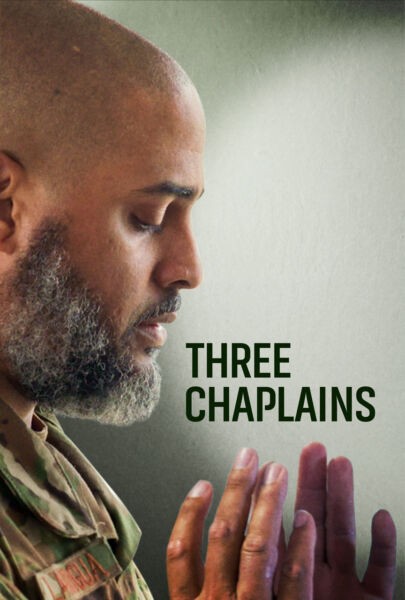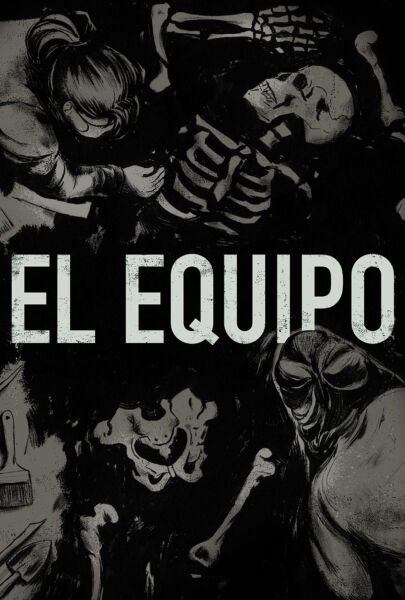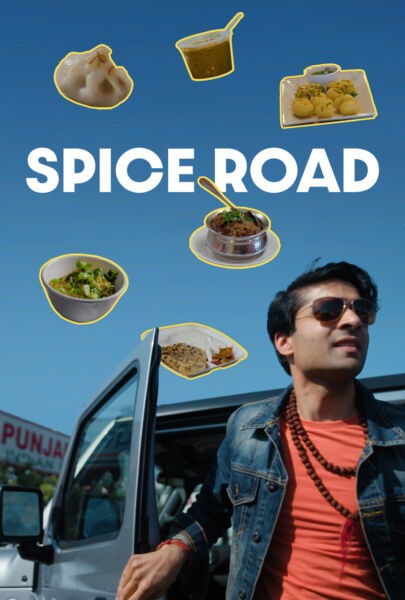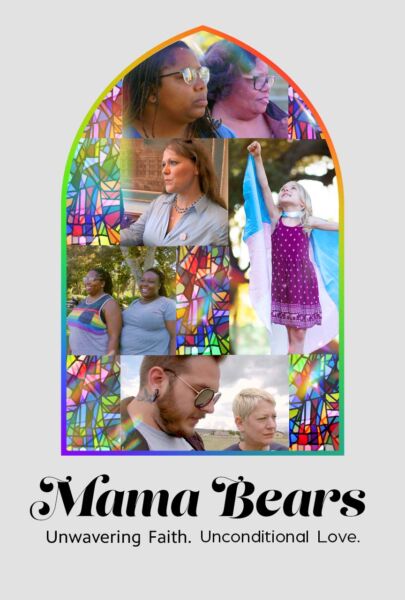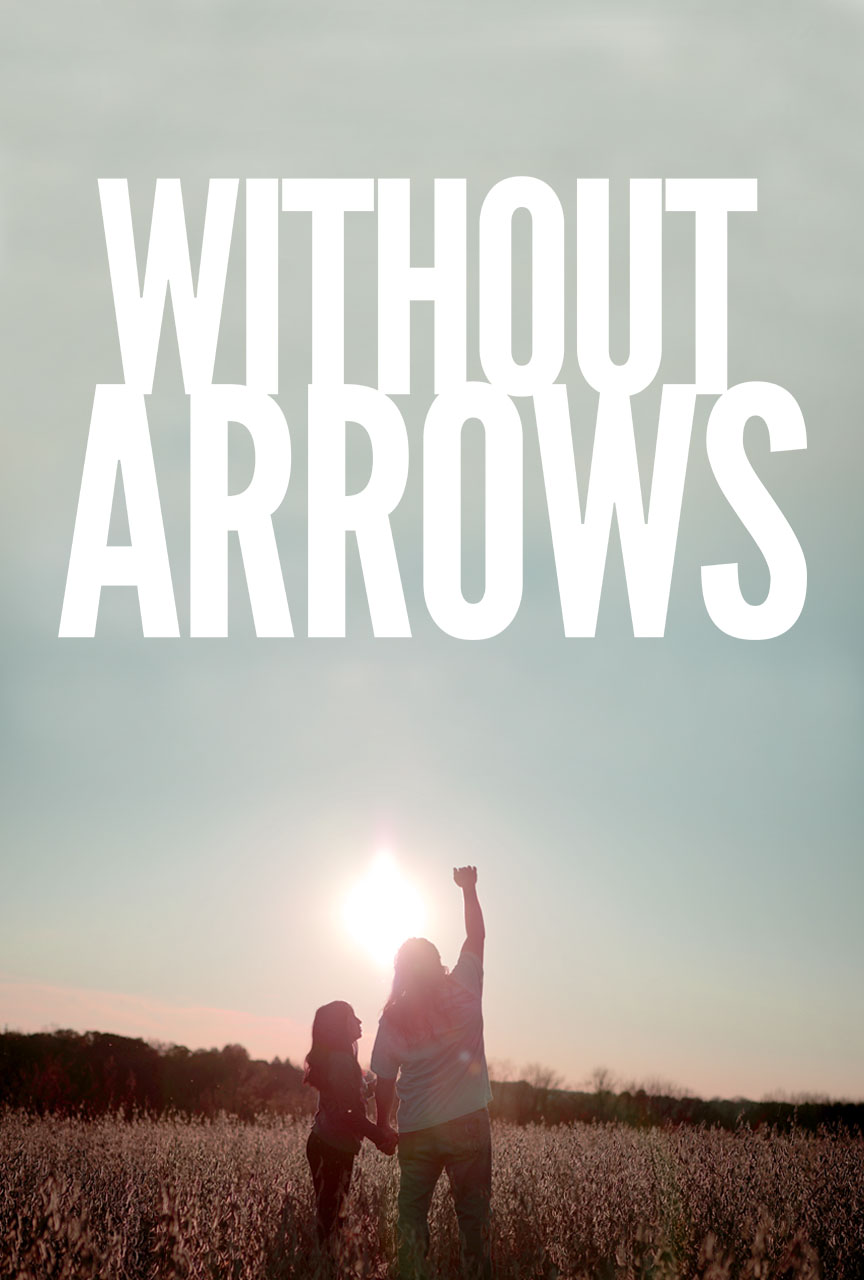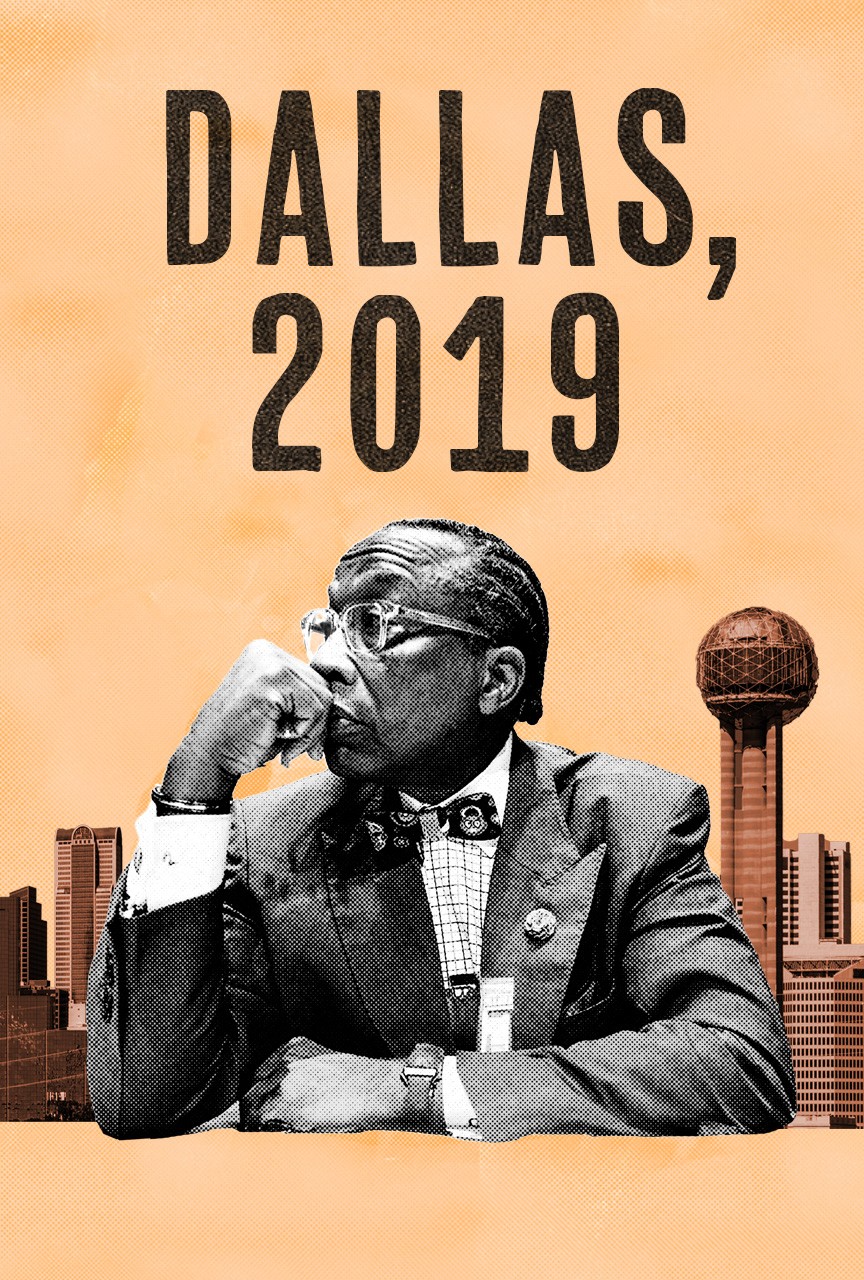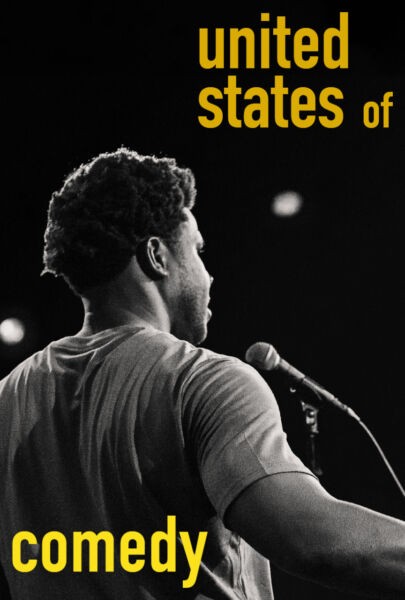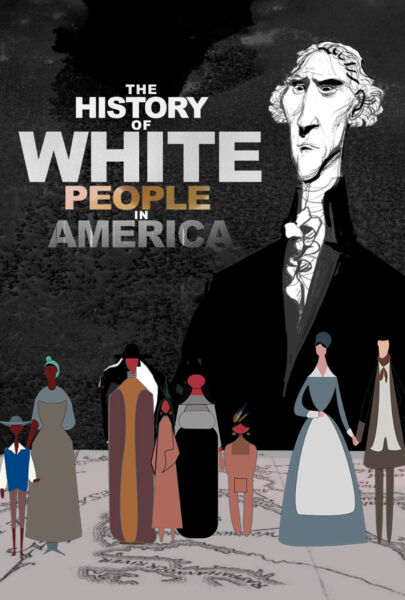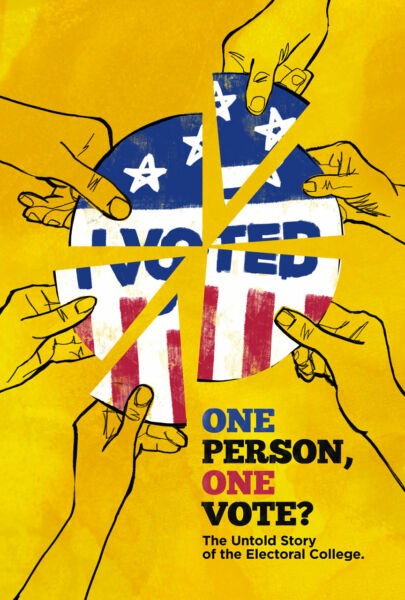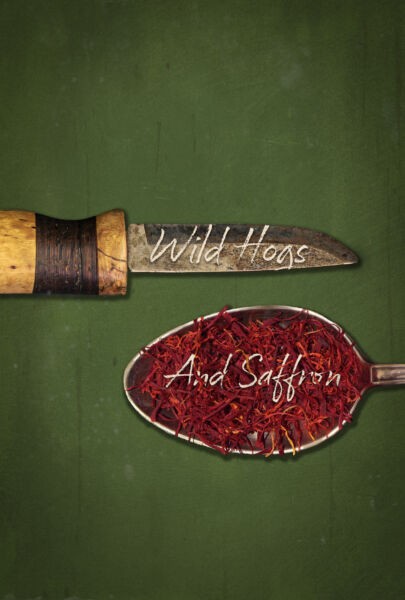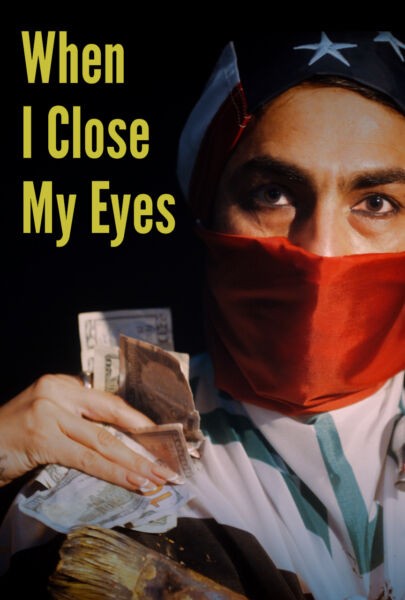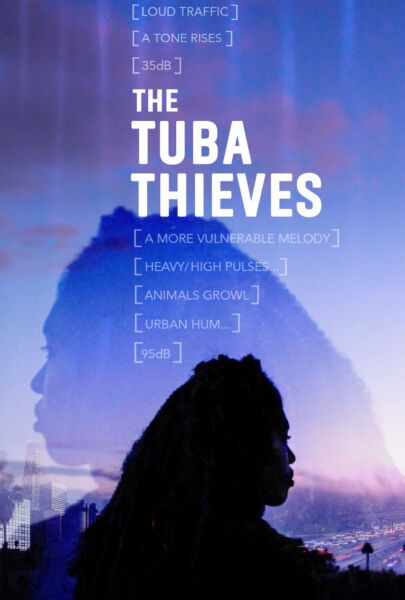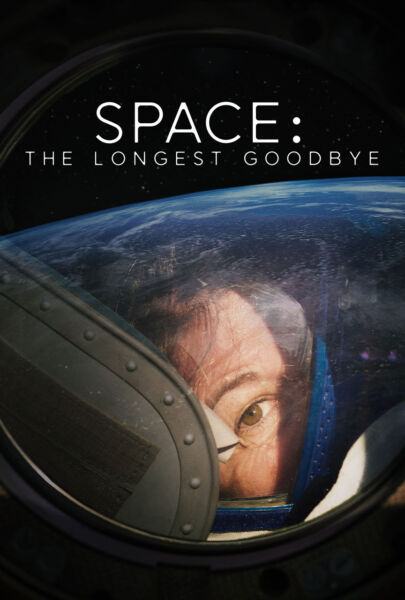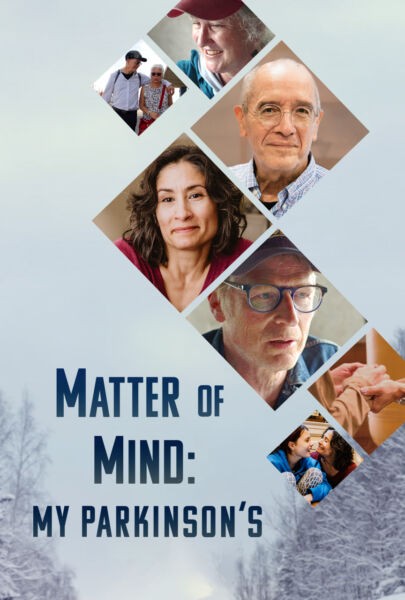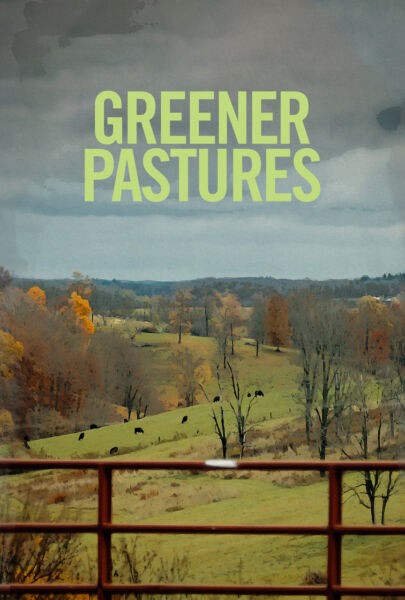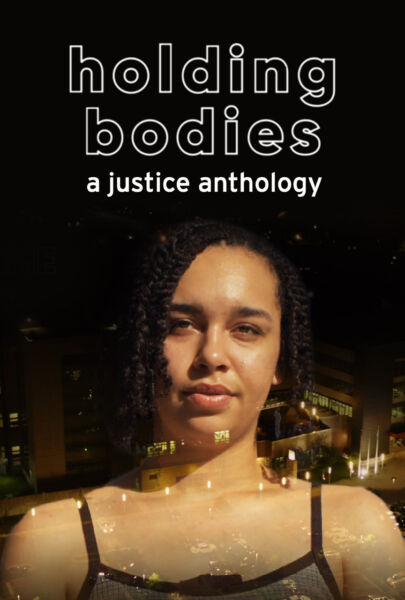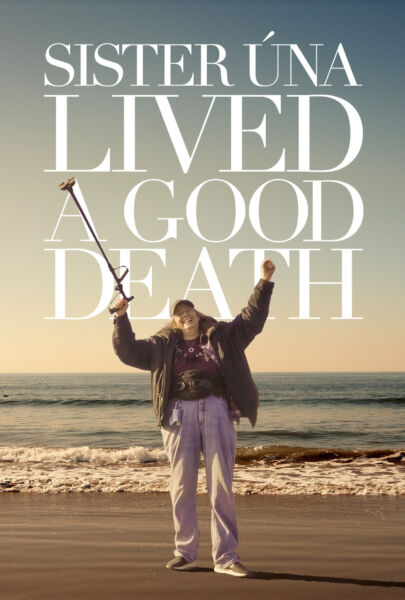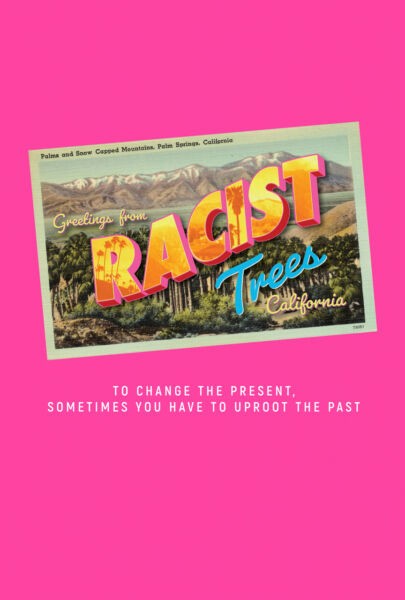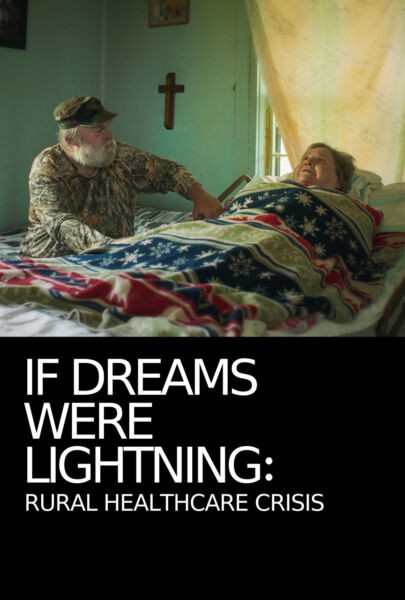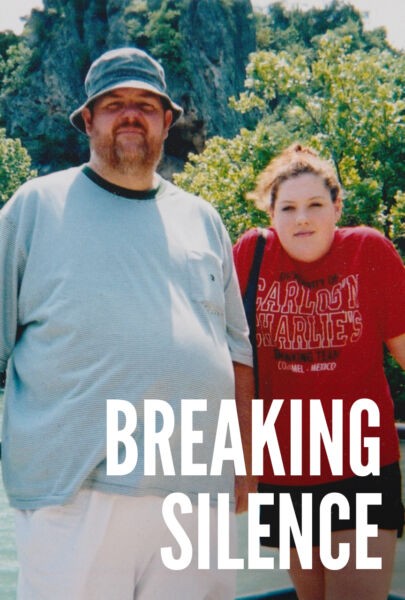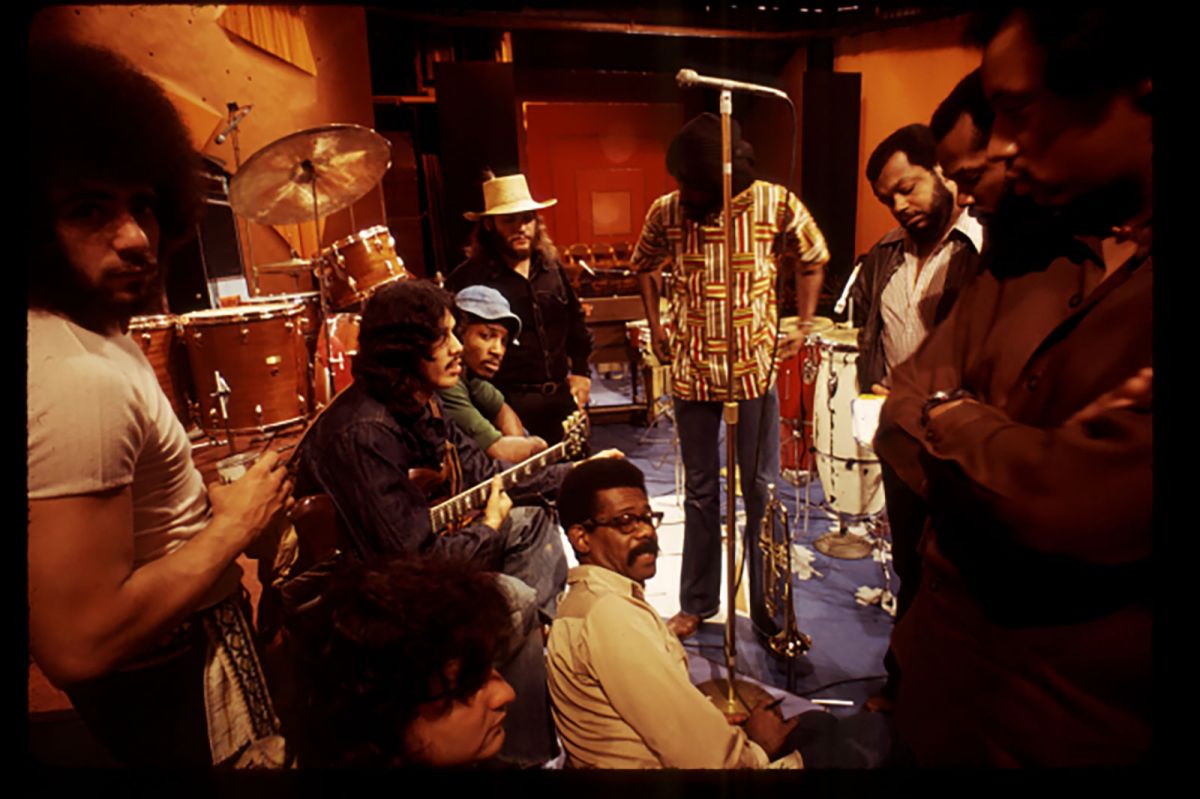
by Nick Dedina
Today we take it for granted that Black culture is mainstream American culture. But, before the age of hip-hop, cable TV, the internet, streaming, and mobile phones, African Americans basically had to crowdsource their own entertainment guide.
Forget about Black stories being told—so few Black artists were even accepted on TV that the African American community found out via word of mouth when a beloved performer would make a guest appearance on a sitcom, drama, or talk show. One appearance was treated as an important event. During the Civil Rights Era, negative representations of violence were easy to find, on the nightly news, but positive portrayals of Black culture were hard to come by. Just one movie, TV episode, or live appearance was treasured. Sammy Davis Jr starred in a 1967 TV war thriller, The Enemy, where he figures out that a fellow GI is really a German soldier and kills him before he can sabotage American troops. Audiences were shocked; Black audiences were shocked in a very good way.
As seen in the Mr. SOUL! documentary, that was the landscape that Ellis Haizlip wanted to change with his groundbreaking, often thrilling, public television series SOUL! (exclamation point included!) SOUL! showed the Black community in a positive, highly diverse light. Haizlip did not represent the Black artistic community as a monolith but as a mosaic with only excellence and originality as the connecting threads. That community could be classically trained or church-taught, rural or urban, come with exact theatrical diction or speak with a Spanish accent.
Starting in September of 1968, Haizlip produced and eventually presented, the very best of Black art, from dance and poetry to cultural icons and thought leaders. But the glue that held Haizlip’s venture together was music.
Haizlip selected R&B sax legend King Curtis as the show’s musical director and even stepped aside to have soul legends Jerry Butler and Curtis Mayfield present a number of episodes.
Like its namesake, SOUL! featured the greatest R&B artists of the day—many of them the greatest artists of all time. Caught right at the start of his career, the unstoppable vocal talent of future Grammy Lifetime Achievement Award-winner Al Green just bursts out of the screen. The same can be said for Patti Labelle, who performed on SOUL! a rendition of “Somewhere Over the Rainbow” that shows how naturally the Hollywood standard fit into the Civil Rights movement.
In this clip, featured guests recount the first episode of SOUL!, including a performance of "Somewhere over the Rainbow" by Patti LaBelle & the Bluebelles.
Watch #MrSoulPBS starting Monday, February 22 on PBS and the PBS Video app. pic.twitter.com/4XhsghYoSe— Independent Lens (@IndependentLens) February 16, 2021
Ellis Haizlip, a black, openly gay, intellectual, may have been a theatrical producer but he could spot musical talent a mile away. The songwriting team Ashford & Simpson had just scored a huge hit for Diana Ross with “Reach Out and Touch (Somebody’s Hand)” but Haizlip asked them to perform the song on his show. SOUL! features the duo’s very first performance and they knock it out of the park.
Ashford & Simpsons became stars while some artists on the series never broke through. Watching Novella Nelson’s searing rendition of “Cold Water Flat” may have you scratching your head as to why she didn’t become a household name.
The single greatest performance on SOUL! may just be Stevie Wonder’s marathon version of “Superstition.” Wonder was so thrilled to be on the series, and the audience was so into it, that Stevie would not stop playing. They literally ran out of tape— not film…tape!—and had to change cassettes to keep capturing Wonder in motion. As seen in the Mr. SOUL! documentary, when Questlove mentions the joy of watching the studio audience watching Stevie Wonder perform for them. They knew magic was being created in front of them.
Hugh Masekela and Miriam Makeba aren’t the only artists that illustrate that Ellis Haizlip was an early proponent of what is now called the African diaspora. Africa undeniably influenced American music deeply—that influence also went back across the Atlantic and changed how African musicians evolved their sound.
A stunning Gospel duet between Wilson Pickett and Marion Williams blows the roof off the sacred studio while the blessedly profane B.B. King and Taj Mahal illustrate how the blues is at the foundation of American popular music. McCoy Tyner, Lee Morgan, and Horace Silver illustrate how jazz was shifting from an equally foundational pop music into the avant-garde. Tito Puente, in a period-appropriate afro, shows up to light the studio set on fire with what was once called Afro Latin jazz but was suddenly known as Salsa.
SOUL! came out during an especially volatile time. In 1971, King Curtis was murdered trying to move drug dealers off of his NYC apartment stoop. Then, politics killed SOUL! in 1973 as President Nixon himself, as heard in the documentary, spearheaded a PBS purge of what he perceived as his political enemies: “I just wanna stop this crap. Now the fight is how do we get at this without our saying that we’re trying to kick Bill Moyers and some Black off the damn air?” (Assuming that was in reference to Ellis Haizlip.) With funding in jeopardy, public television may have been gun-shy about airing repeats of a series that threatened its survival and SOUL! faded from public consciousness.
These are only a few of the musical artists featured in the SOUL! documentary. I discovered this series a few years ago after seeing a superb doc on Lee Morgan and dug into as many episodes as I could find. There are too many riches to fit in the documentary, which wisely shows you Gladys Knight slaying live, but it doesn’t have room for must-see performances (and interviews) of musical geniuses such as Bill Withers and Pharoah Sanders.
WNET is busy digitizing episodes of SOUL! to share online and is searching for many episodes that seem to be lost to time (the series came out pre-VCR, let alone storing data in the cloud).
Sometimes only work that makes you feel bad is promoted as art. The music featured in SOUL! lifts you up in such a way that “feeling good” doesn’t begin to describe it. It is music that is among the greatest art that any American ever created and ever will create. It would have been nice if Ellis Haizlip had lived to see the documentary on the groundbreaking TV series he created, but he always recognized the boundless heights of Black artistic excellence.
Nick Dedina has worked in the digital music industry since its inception, helping to launch, populate, and program a number of globally successful streaming services along the way. He has done everything from write an entire SF Jazz catalog and offer on-screen commentary in a feature-length BBC music documentary to create online radio stations for iconic brands. He currently manages music services at PlayStation. He credits The Beatles and Stevie Wonder for blowing his childhood mind and preparing him for the wider world. He blogs about music at Nick’s Vinyl Picks.



